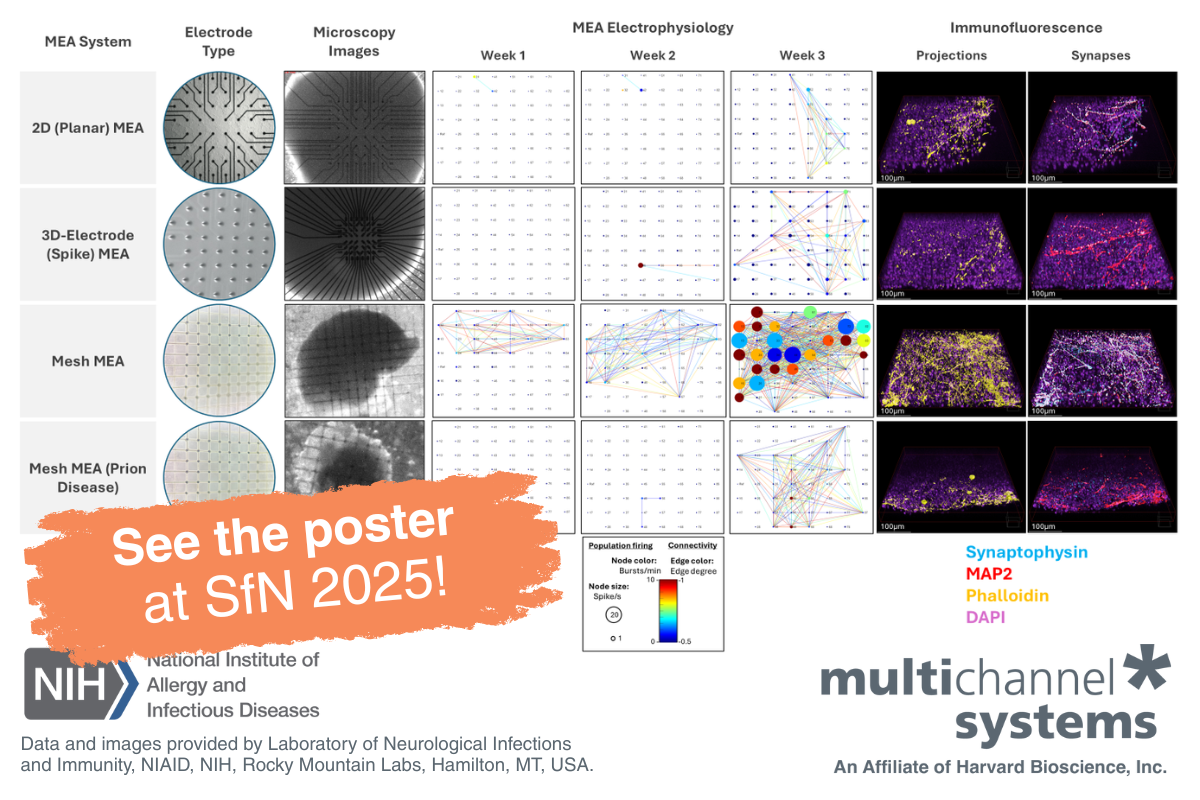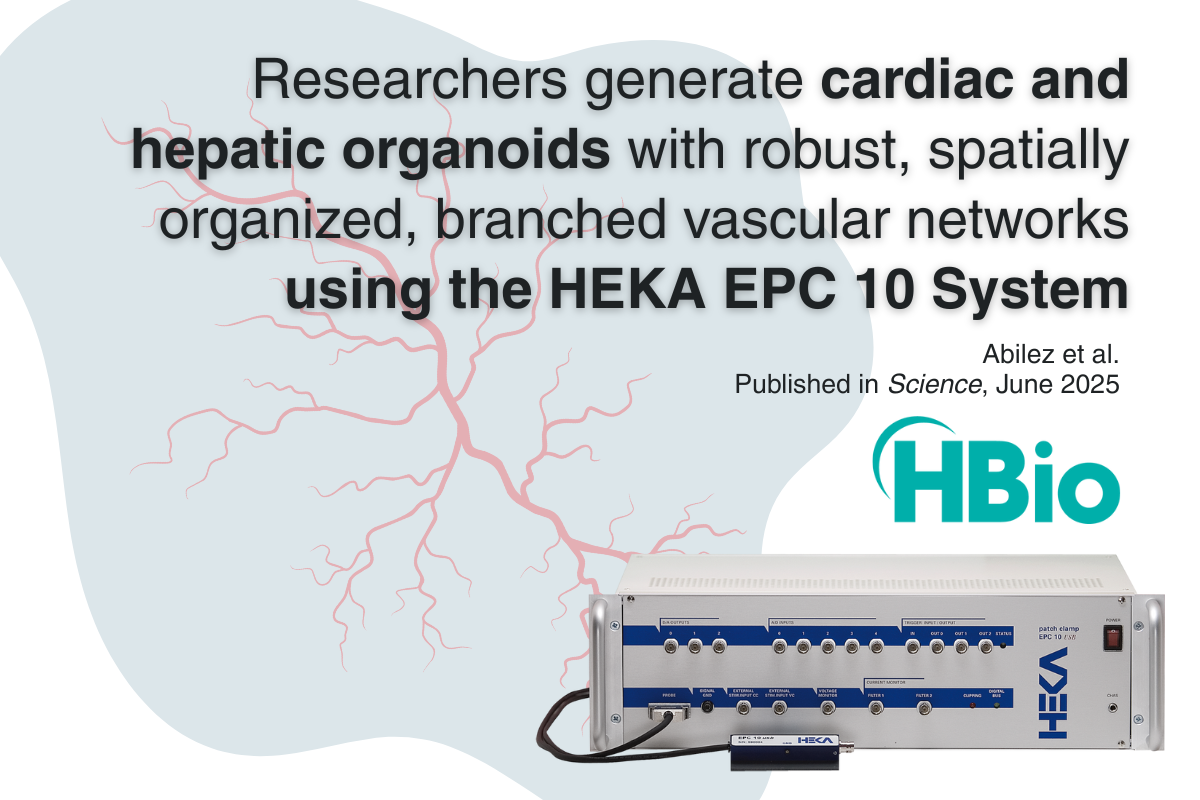
Breathing Through the Haze: Research Continues to Tackle Health Impact of Wildfire Smoke
Wildfire smoke poses a growing public health threat, with harmful pollutants like PM2.5 linked to respiratory and cardiovascular issues. This blog explores the health impacts of wildfire smoke, highlights recent research advancements, and showcases innovative tools like DSI’s inhalation exposure systems and telemetry solutions. Discover how these technologies are helping researchers uncover the mechanisms behind smoke-related health risks and develop interventions to protect vulnerable populations.
Wildfire smoke has become an increasingly significant concern in public health due to its unique composition and the rising frequency of wildfires. Recent studies indicate that fine particulate matter (PM2.5) from wildfire smoke can be several times more harmful to respiratory health than PM2.5 from other sources, such as vehicle emissions. The wildfires that swept across Los Angeles in January 2025 have once again highlighted the urgency of understanding and addressing these health impacts.
Health Impacts of Wildfire Smoke
Exposure to wildfire smoke has been linked to a range of health issues, including:
- Respiratory Problems: Short-term exposure can cause eye and respiratory tract irritation, persistent coughing, phlegm, wheezing, and difficulty breathing. It can also exacerbate conditions such as asthma and bronchitis.
- Cardiovascular Issues: Wildfire smoke exposure has been associated with increased risks of heart failure, heart attacks, and strokes.
- Metabolic Disruption: Exposure to PM2.5 has been linked with systemic inflammation, a key driver of insulin resistance, which can lead to, or worsen, metabolic disorders such as Type 2 diabetes.
Research Techniques to Study Wildfire Smoke Impacts
Advancements in preclinical research have enabled scientists to better understand the effects of wildfire smoke on public health. Some notable tools and methodologies include:
Wildfire Smoke Exposure Models: Researchers use controlled inhalation exposure systems to mimic wildfire smoke conditions in animal models. These systems ensure uniform pollutant delivery while allowing precise control over dosage. Learn about our inhalation exposure solutions: DSI Inhalation Exposure Solutions
Our inhalation platform allows the researchers to monitor respiratory endpoints while being exposed, deriving important insights in real-time data:
- Accumulated inhaled dose for each exposed subject based on integration between aerosol concentration and respective measured breathing.
- Acute and chronic effects of smoke exposure on respiratory parameters as related to delivered dose, time of exposure, concentration ranges, much more
Evaluation of Respiratory Effects: DSI’s Buxco Respiratory Solutions provide critical data on respiratory endpoints, such as lung function and airway responsiveness, through non-invasive whole-body plethysmography. Learn more: Buxco Respiratory Products
Assessment of Cardiovascular and Physiological Effects: Implantable telemetry systems enable researchers to measure cardiovascular biomarkers (e.g., blood pressure, ECG, HRV) and physiological parameters like core body temperature and activity in conscious, freely moving animals. Learn more: DSI Implantable Telemetry
Publication Citing DSI Solutions
In this study of mice housed in either depleted or enriched conditions found that those in enriched housing showed better cardiac and respiratory function overall, including higher activity levels, lower heart rates, and fewer arrhythmias when exposed to wildfire smoke.
Exposure was conducted leveraging a nose-only inhalation tower while the animals underwent either cardiovascular evaluation using implantable telemetry (measuring ECG to derive heart rate variability, temperature, and activity) or respiratory assessment using whole body plethysmography.
The researchers concluded that housing conditions significantly impact health outcomes and response to environmental stressors like air pollution, suggesting that non-chemical factors should be considered when assessing population susceptibility to extreme environmental events.
Conclusion
As the frequency and severity of wildfires increase, so does the urgency to address the public health crisis caused by wildfire smoke. Cutting-edge research technologies, such as DSI’s inhalation exposure systems, respiratory solutions, and implantable telemetry, are vital for understanding the complex health impacts of smoke exposure. These tools not only aid in identifying the physiological mechanisms behind health issues but also pave the way for developing targeted interventions.
Investing in innovative research is key to safeguarding vulnerable populations and building resilience against the growing threat of wildfire smoke. To learn more about DSI solutions and how they can support your research, schedule a consultation with us today or visit us at the upcoming Society of Toxicology annual meeting March 16-20th in Orlando (Booth 1411)!




